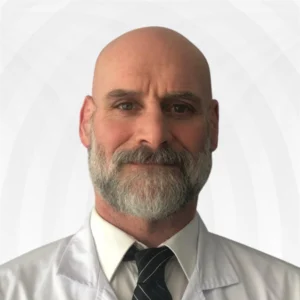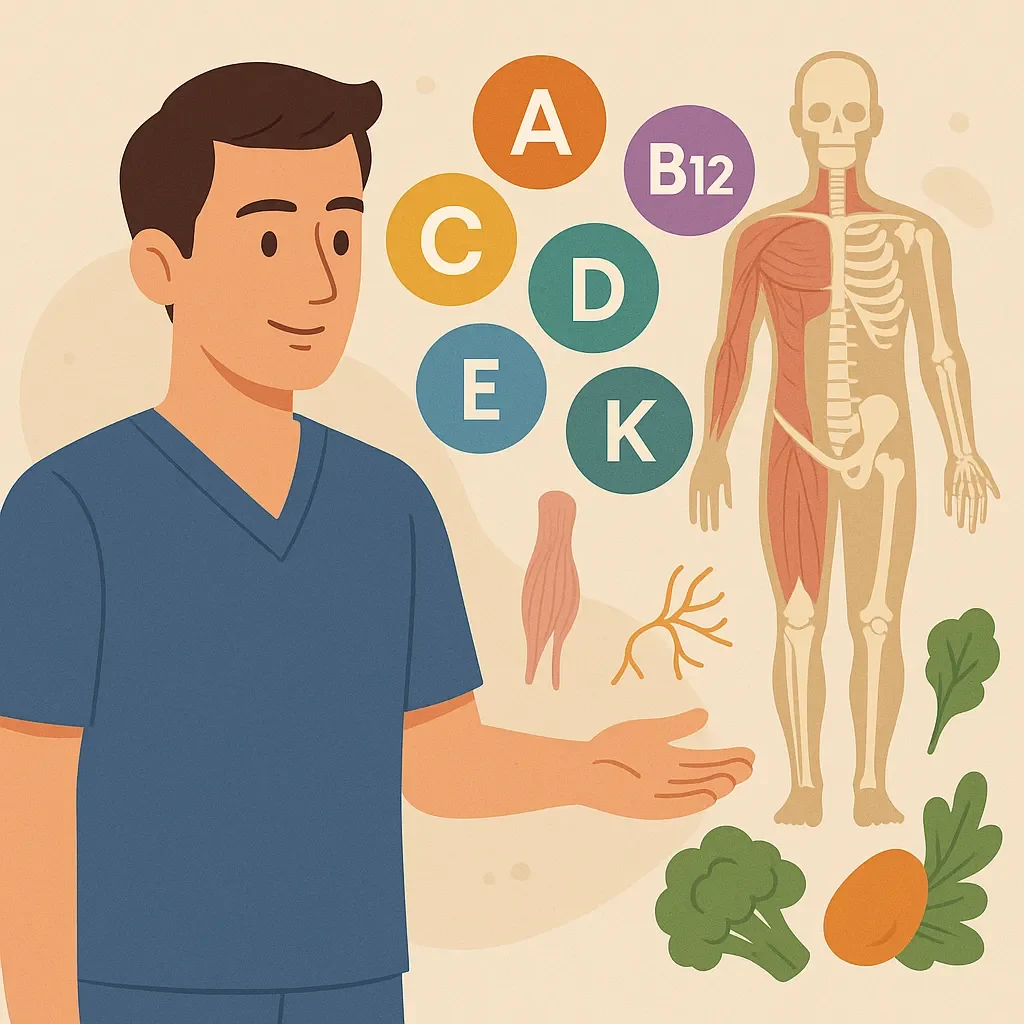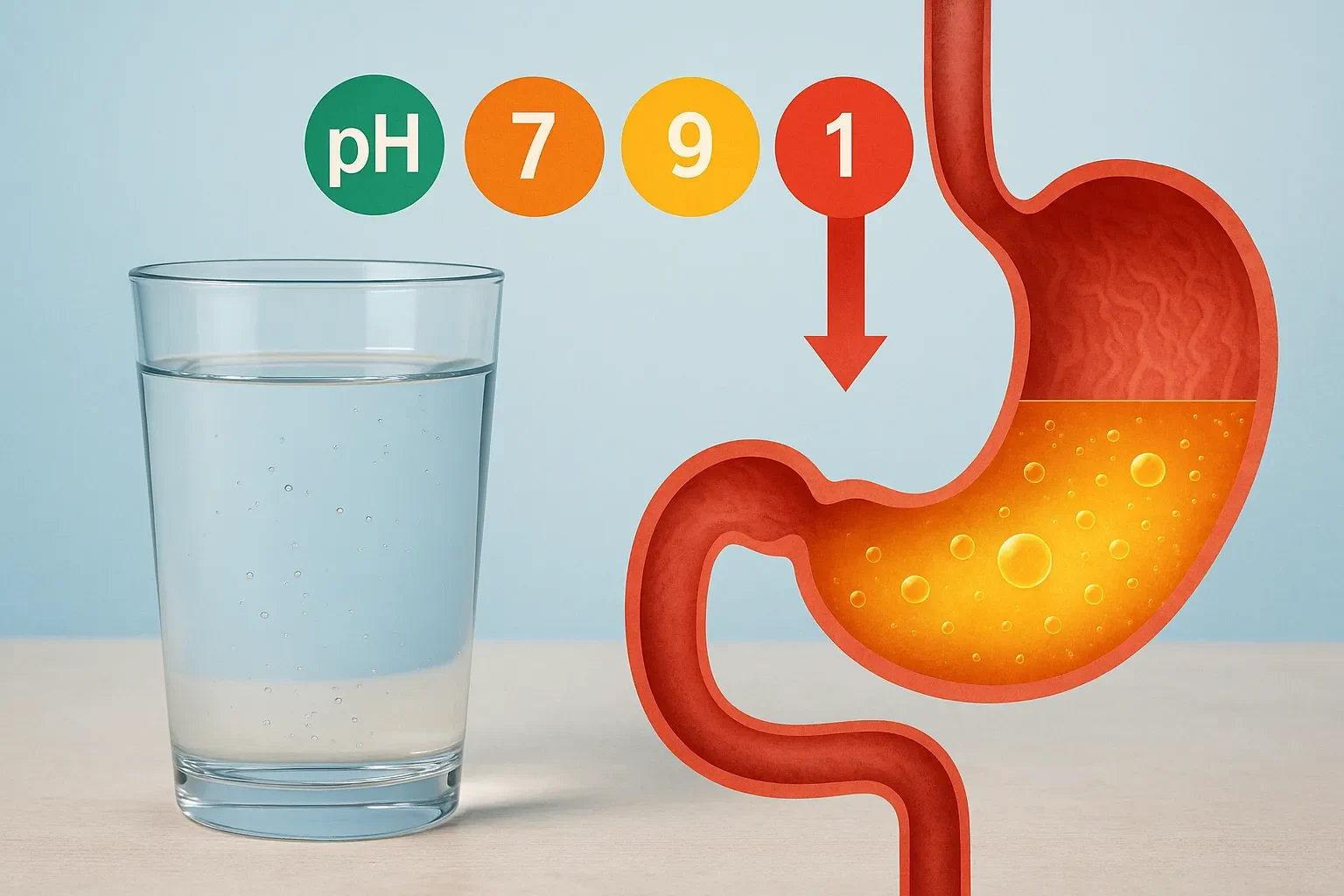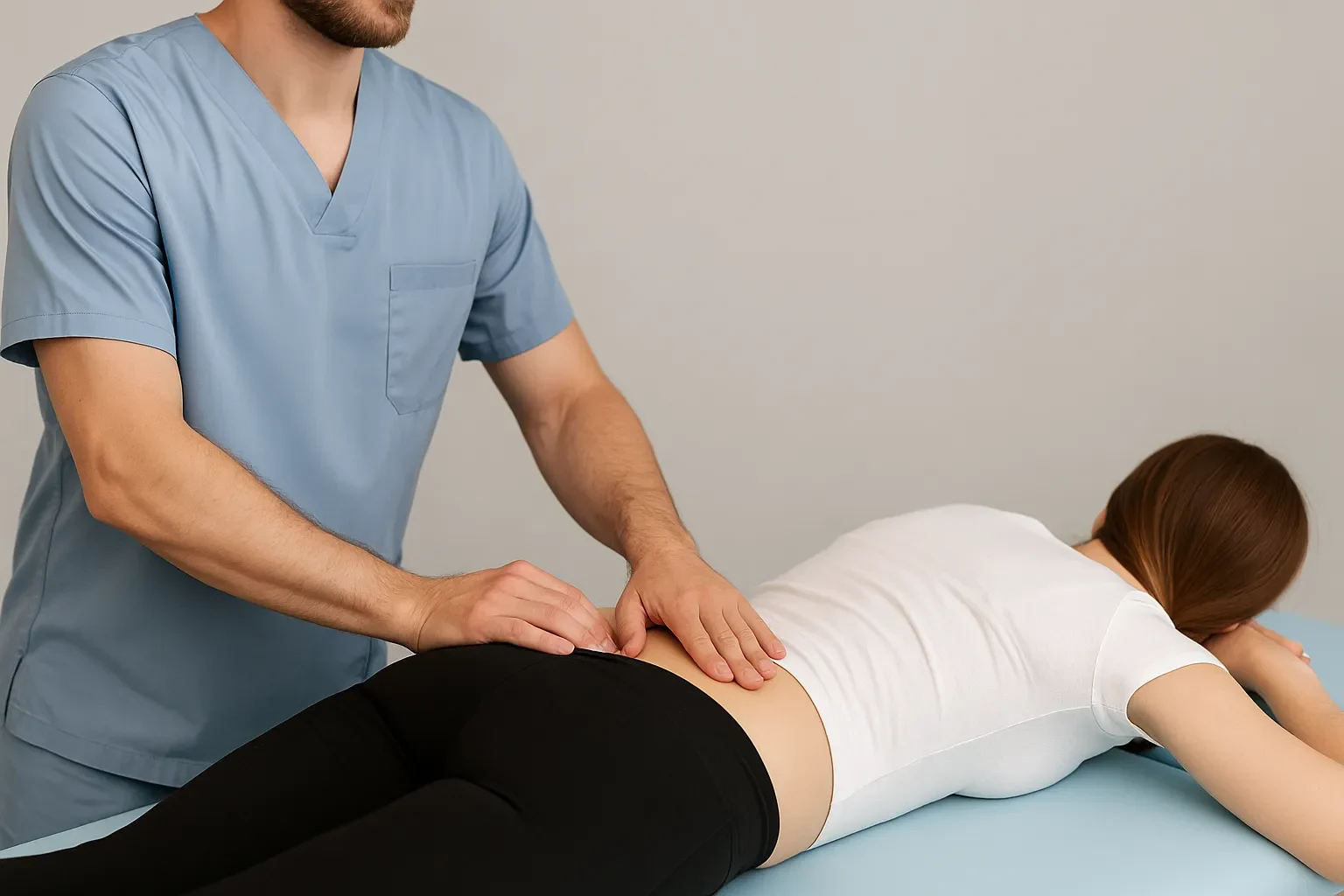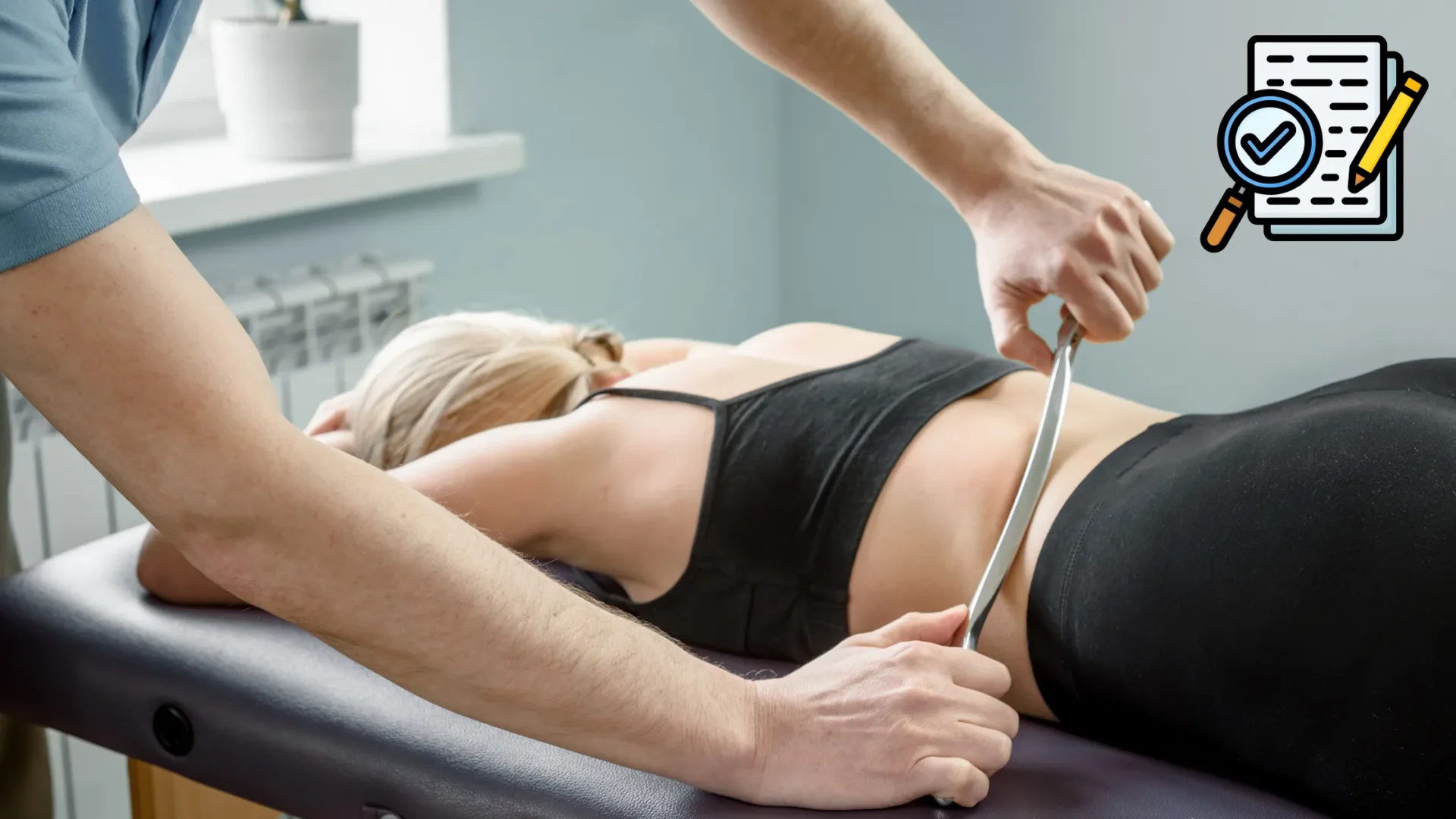Introduction
As new graduates stepping into practice, you have mastered the techniques of manual osteopathy. You understand the biomechanics, the subtle rhythms of the body, and the principles of non-invasive correction. Yet what will distinguish you from the average manual osteopath is not only your hands-on skill, but also your knowledge of what nourishes the very tissues you work on.
When you begin to understand the ABCs of vitamins and minerals, you add another layer of depth to your craft. Manual therapy addresses structure, but structure is built on biochemistry. Collagen, elastin, myelin, tendon fibers, and contractile proteins do not repair themselves in a vacuum. They require specific nutrients in optimal form. A working knowledge of these nutrients allows you to educate, guide, and enhance the outcomes of the people who place their trust in you. This does not mean you diagnose, but it does mean you can research, understand, and communicate what supports connective tissue health.
The Connective Tissue Matrix
Every joint capsule, tendon, and ligament depends on nutrients that form collagen cross-linking, regulate inflammation, and support mineralization. Vitamin C drives collagen synthesis. Copper ensures proper cross-linking of connective tissue fibers. Magnesium regulates muscle tone and prevents spasm by balancing calcium influx into cells. Without these cofactors, manual adjustments and mobilizations may not hold as well, simply because the body’s scaffolding lacks resilience.
The Muscular System
Muscle fibers depend on B vitamins for mitochondrial function and energy metabolism. Magnesium and potassium regulate contractile balance. Zinc influences protein synthesis and testosterone metabolism, directly affecting repair. Knowing which nutrients facilitate efficient muscle recovery can reduce recurring dysfunction and help patients regain strength more quickly.
The Nervous System
Nerves require fat-soluble vitamins for insulation and transmission. Vitamin B12 and methylation cofactors sustain myelin repair and neurotransmitter synthesis. Vitamin D3 and K2 regulate calcium homeostasis, not only for bones but for neuronal firing stability. Iodine and selenium together support thyroid function, antioxidant defense, and metabolic regulation, which directly influences nervous system energy demands and tissue resilience. Even subtle deficiencies can alter nerve conduction and prolong pain syndromes.
As manual osteopaths, you do not treat neuropathy directly, but you can recognize when tissue dysfunction may not respond fully without biochemical support.
Bioavailability Matters
Not all nutrients are equal. The body absorbs heme iron far more efficiently than plant-based iron. Retinol (animal-based vitamin A) functions differently from beta-carotene. This is not about excluding plant foods, but about recognizing where animal-based sources are simply more effective at delivering what tissues need.
Fresh graduates who understand bioavailability will guide their clients toward more efficient recovery, not through prescriptions, but through informed conversations and referral to proper nutritional support.
The Core Nutrients to Learn
The major vitamins to master are A, the full B complex, C, D3, K2, E, plus iodine and selenium. The key minerals include magnesium, copper, heme iron, and zinc. Each of these directly ties to structural health, tissue repair, and metabolic efficiency.
Researching optimal levels and understanding their physiologic roles will elevate your ability to interpret why some clients recover quickly while others remain stuck.
Why It Matters for Your Practice
Clients do not return for techniques alone. They return for outcomes. When you begin to integrate nutritional awareness into your assessments, you give your treatments greater staying power. Patients feel stronger, recover faster, and trust you more deeply. This trust translates into referrals, and referrals build practice longevity.
As a manual osteopath, your license guides you to assess and not diagnose. But your professional integrity grows when you combine structural skill with metabolic insight. Learn your nutrient ABCs early in your career. They will serve not only your patients, but also your reputation as a clinician who goes beyond the average.
A Practical First Step
The simplest way to begin is by learning optimal lab ranges, nutrient by nutrient. Start small. Focus on one or two key markers such as vitamin D3, magnesium, and B12. Study their ideal ranges, learn how deficiencies show up in connective and muscular systems, and observe how your patients respond as they correct these imbalances.
Then move on to the next nutrient. Over time, you will build a living library of clinical knowledge. This layered approach will give you both confidence and practical skill, ensuring your manual osteopathic care is supported by a biochemical foundation that strengthens every adjustment you make.


